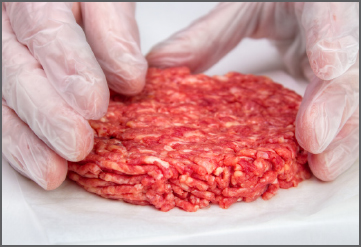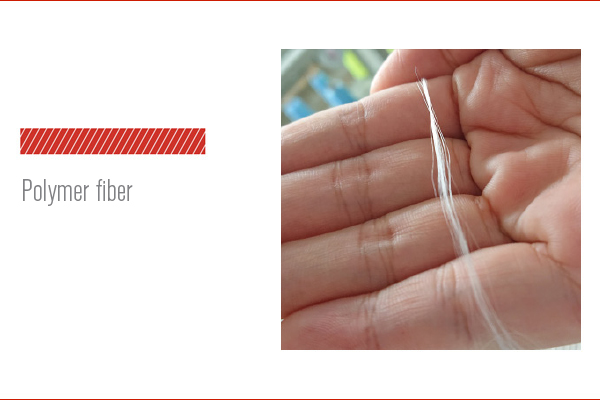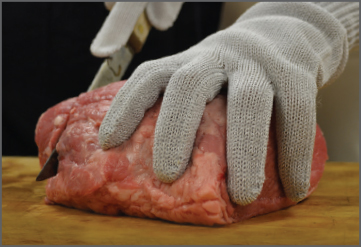21 CFR: What does it mean for hand and arm protection?
Sep 28, 2018 • TECH BLOGAnthony Di Giovanni, Vice President of Global Marketing

The Food & Drug Administration (FDA) controls all the regulations related to items that are added to food (i.e. direct additives) and items that may come in contact with food (i.e. indirect additives). All gloves, apart from medical/exam type disposables are referenced in 21 CFR Parts 174 & 177 when used in food handling applications.
COMPONENTS OF A FOOD CONTACT ARTICLE
For our purposes, we only really need to concern ourselves with Parts 174 and 177. Before going further, it is important to clearly state that 21-CFR does not call out items such as “gloves”. The regulations reference only the raw materials that make up the “Components of a Food Contact Article”. Clearly, gloves, or sleeves for that matter, are often used as food contact articles. Part 174 references these articles as Indirect Food Additives. They are defined more clearly as: “Items that come into contact with food as part of packaging, holding, or processing, but are not intended to be added directly to, become a component, or have a technical effect in or on the food.”

WHAT ABOUT PART 177?
Part 177 outlines the specifications related to the item classified as “Polymers”. What do gloves, or sleeves have to do with polymers? Simple, all the gloves and sleeves that PIP recommends for food contact are synthetic and polymer-based — both the yarn and coating.
So, when we claim that a glove meets 21-CFR-177, it means that the raw material manufacturer of the yarn and, if coated, the resin manufacturer of the coating, meets the very detailed specifications outlined by FDA 21-CFR-177. Care to see an example? Click here to view the detailed specifications for nylon fiber used in many general-purpose gloves.
Ok, so we’ve established that the 21 CFR part 174 and part 177 are clearly about what is defined as “Indirect Food Additives” and the specifications of the raw materials used in producing gloves or sleeves that come in contact with food during the manufacturing or handling process.

HOW DOES THAT HELP US CHOOSE THE RIGHT GLOVE OR SLEEVE?
We consider that there are three types of food contact:
1. Direct contact substances are those that directly contact food.
2. Substances that might come in contact with food, such as on the outside of food bag or carton, are defined as indirect contact.
3. Incidental food contact are items that rarely contact food and the contact is not purposeful or continuous. For example, food that contacts an extraneous part of a food processing machine, where contact is not expected, is considered incidental.

It is important to consider the specific application when recommending alternatives. For example, while technically possible to use the G-Tek® 16-X570, which is classified as meeting 21-CFR-177, to debone meat, it is unlikely a butcher would opt for a black coated glove. A more common practice is to use an uncoated, high cut resistant glove and overlay or underlay with a disposable glove for maximum protection, impermeability, and hygiene.
GLOVE & SLEEVE GUIDE
Below is a guide to help you find the optimal 21-CFR glove or sleeve for the job:
Direct Contact in Food Processing for handling, mixing and preparing foods: Polymer Gloves
Direct Contact in Food Processing for butchering meats, de-boning fish or slicing vegetables (can be laundered and sanitized): High Cut Resistant Uncoated Knit Gloves
Direct Contact in Food Processing for butchering meats, de-boning fish or slicing vegetables (can be laundered and sanitized): High Cut Resistant Sleeves
Direct Contact in Food Processing and Food Service: Powder Free Disposable Gloves
Indirect Contact in Food Plants for MRO applications or sorting and boxing packaged food: Coat Seamless Knit General-Purpose Gloves
Indirect Contact in Food Plants – for MRO applications or sorting and boxing glass packaged food: Seamless Knit Cut Resistant Gloves